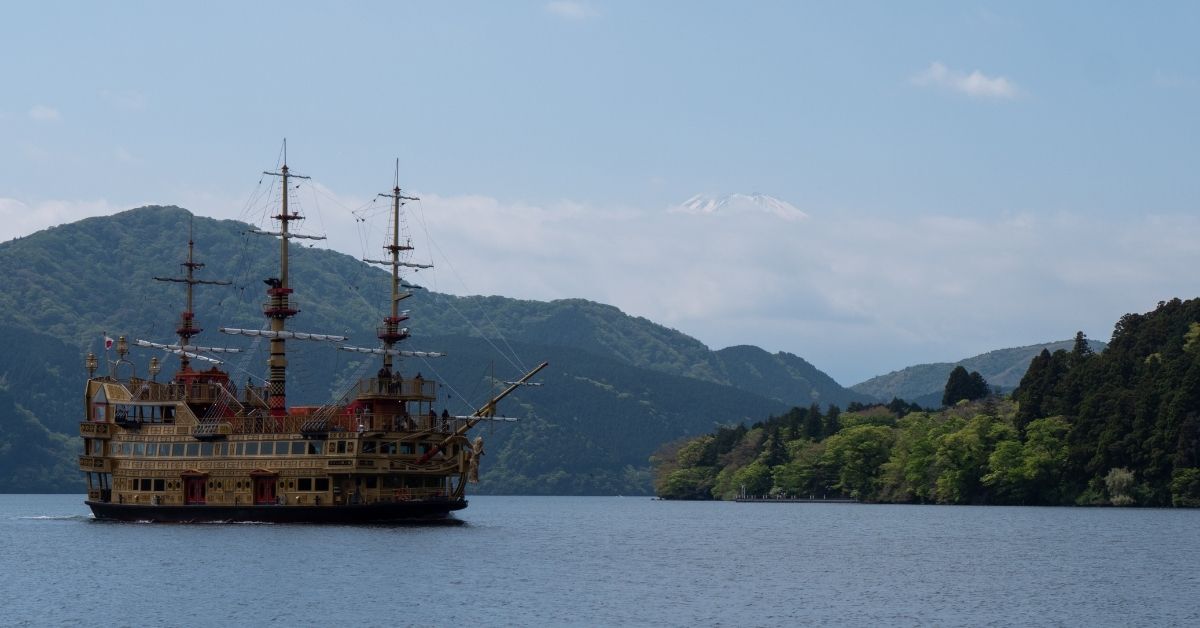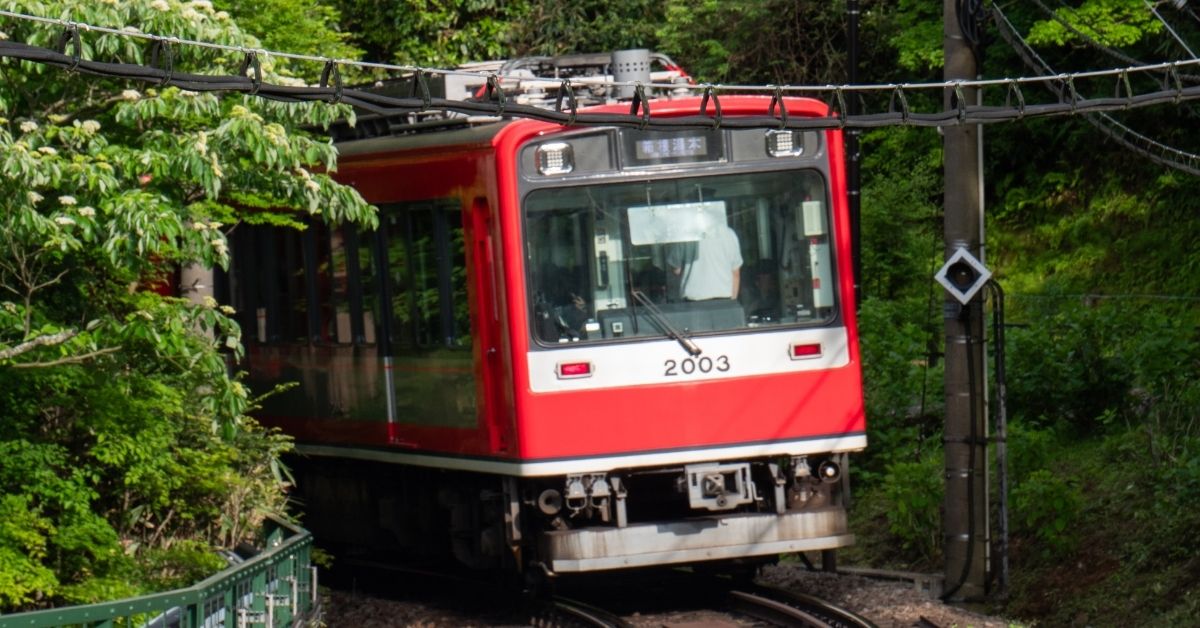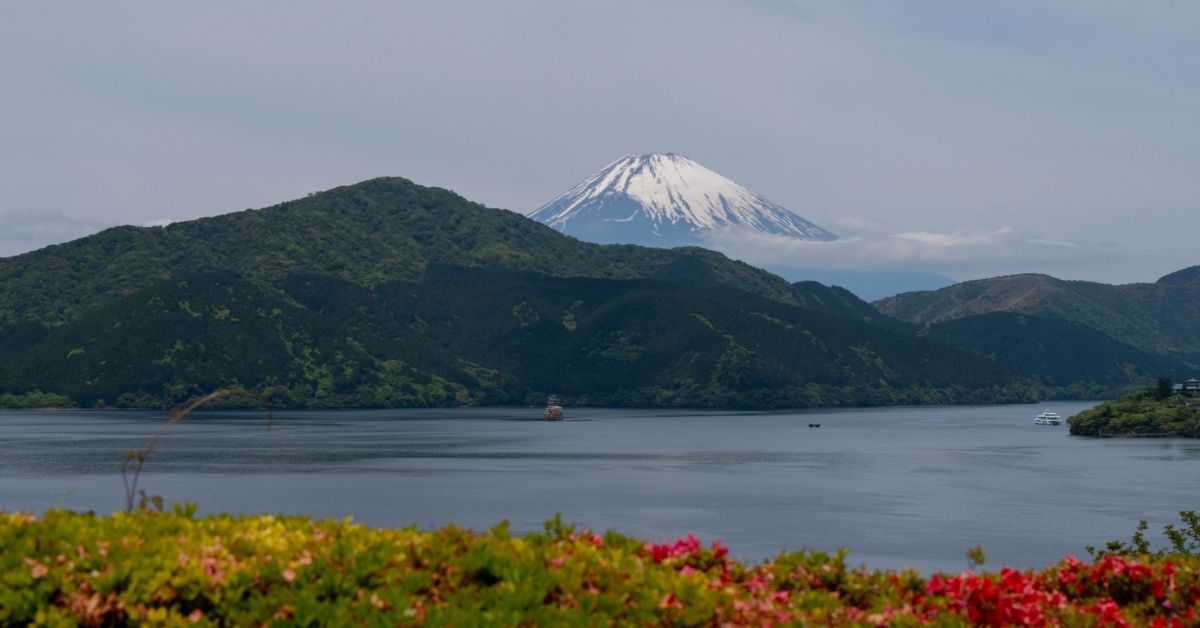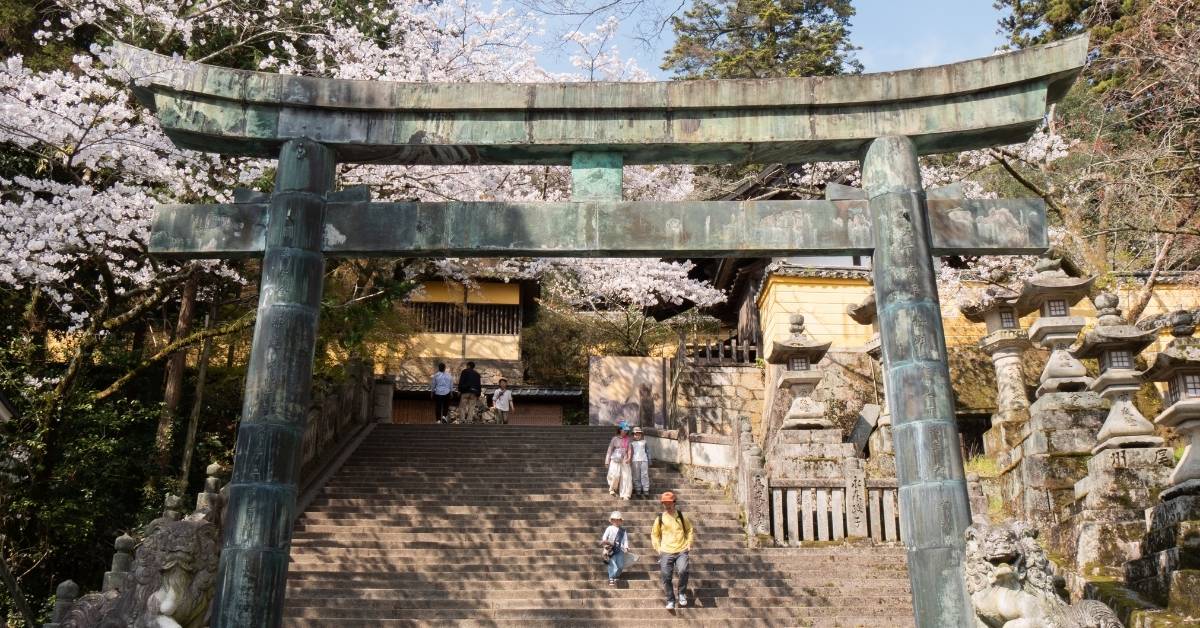
Hakone: How to Get There from Tokyo, Kyoto, or Osaka
Visiting Hakone is like treating yourself to a nature escape, surrounded by mountains, hot springs, and views of Mount Fuji. Before planning your stay, it’s important to carefully prepare your journey. Whether you’re coming from Tokyo, Kyoto, or Osaka, several routes are available, with different travel times and levels of comfort.
Here’s an overview of the options to help you organize your trip to Hakone smoothly, depending on your starting point, budget, and time available.












